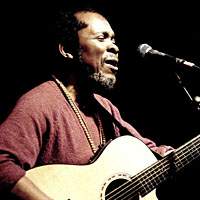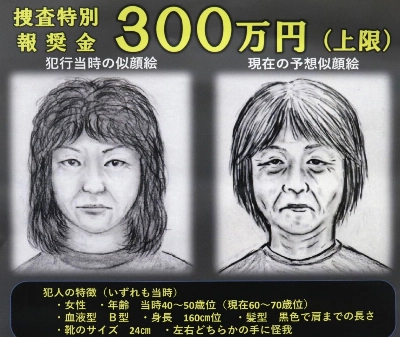Variously described as a jazz-folk mystic, a singer-songwriter, a soul man and a reluctant musician, Terry Callier is in many ways the genius that slipped through the net, fluent in a variety of styles but destined not for mainstream acceptance. Callier himself has always been reluctant to have his creativity pushed down any single narrow channel, even if it may have lead to greater popularity, and if that meant including a country song on a soul album then so be it. Callier plays two shows at Blue Note Tokyo next week.
Callier grew up on Chicago's North side, hanging out with the likes of Curtis Mayfield. Learning the piano at age 3, he was writing songs by the time he was barely into double figures, going on to feature in local doo-wop groups. By the 1960s he could be found strumming a guitar in Chicago coffee houses -- a black singer-songwriter in what is erroneously remembered today as a largely white folk scene. Although his first release was in 1963 (a single on the Chess label), his debut album didn't materialize until 1968 -- the producer of "The New Folk Sound of Terry Callier" went AWOL in Mexico with the master tapes, resulting in the lengthy delay. Once out, the album established Callier as a promising new talent but subsequent albums, despite being of equal quality, didn't garner big sales.
Gaining custody of his 12-year-old daughter in 1983, he quit the unpredictable music business. Although always popular in England with northern soul DJs in the '70s, it was the later Acid Jazz boom that rekindled Callier's flame through rereleased records and live shows in the U.K. and in his home country. New recordings, such as the lauded "Timepeace" (1998) and collaborations with a younger generation influenced by Callier (Paul Weller, Beth Orton) followed.


















With your current subscription plan you can comment on stories. However, before writing your first comment, please create a display name in the Profile section of your subscriber account page.